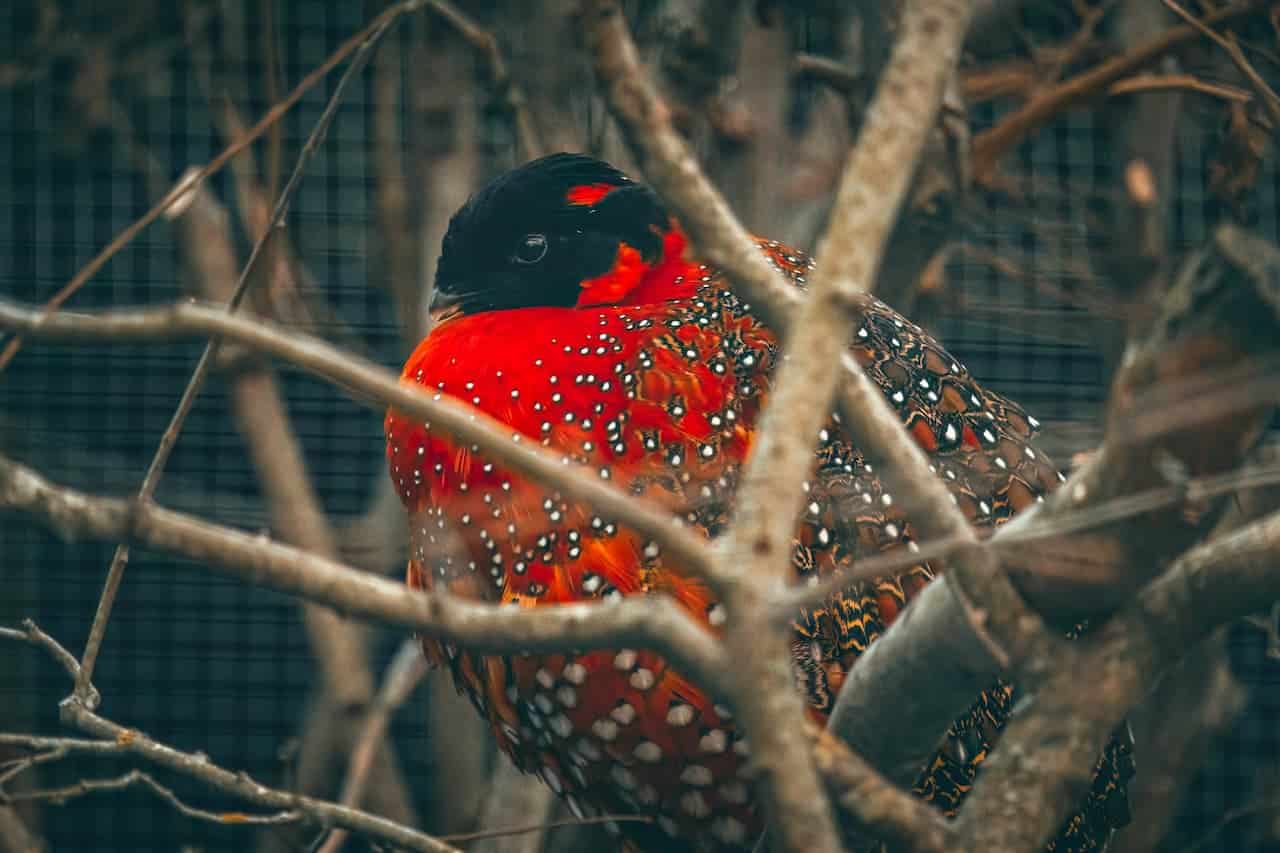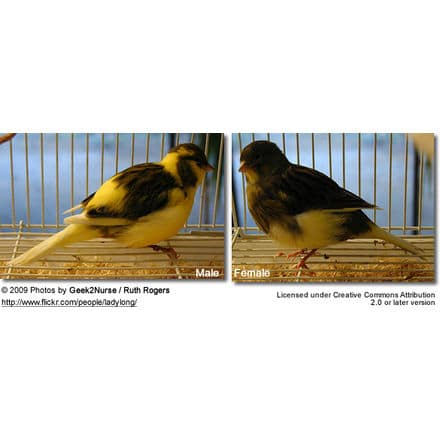Lewis Silver Pheasants
Keeping and Breeding the Lewis Silver Pheasant
Courtesy of Alan Downie and Zoë A. Hunter
Allandoo Pheasantry – Breeders of Ornamental Pheasants in Southwest Scotland
Our Lewis Silver pheasants are now two years old and this year have bred for the first time. We have been very pleased as they laid really well with no infertile eggs and the chicks are proving easy to rear so far.
The Lewis Silver is one of 14 subspecies of Silver pheasant the most common of which is the True Silver (Lophura nycthemera nycthemera).
In the wild they are from Cambodia and Thailand and live in grassy areas of scrub.
Description:
The Lewis is smaller and darker than the True Silver which has a mostly white upper body (the male only). The Lewis cock is more black with fine white markings on every feather.
It has red legs and wattles and a lovely black bushy crest. The hen also has a crest but apart from this adornment she is a rather drab brown bird which I always feel sorry for, for this reason.
Housing / Keeping:
They are great birds in the aviary. Breeding males, like most of the pheasants, like to put on a good display when they are in season. These are hardy birds which are very easy care for.
You will need plenty of cover in the pens as the cocks can be aggressive to their mates although with our birds we have not found this to be the case.
Other Releated Web Links: Pheasant General Information … Pheasant Species / Pheasant Taxonomy … Breeding Pheasants … Pheasant Photo Gallery … Housing Pheasants … Pheasant Diseases
Diet:
They have a liking for peanuts* and grain as well as some fruit, especially berries, but our birds have ignored any live food given to them.
Note: Peanuts are a valuable source of protein — however, peanuts are often contaminated with aflatoxin, a fungal toxin. Aflatoxin is carcinogenic and causes liver damage in birds and other animals. Roasting reduces aflatoxin but does not eliminate it entirely.
North American peanut producers are currently working on eliminating contaminated peanuts from their products. Caution is advised when feeding peanuts. Some bird owners, opting to be on the safe side, are eliminating peanuts from their pets’ diet.
Fresh water should be provided daily.
Breeding:
Hens can lay up to around 20 eggs in a season which are incubated for 25 – 26 days. They start laying at the end of March or beginning of April and will continue until around the end of May. The biggest problem is the availability of unrelated stock in the UK as there are very few breeders. In fact I would really like to hear from other breeders so that we can increase our numbers in the future.
Sexing Lewis Silver Pheasants Chicks
The cocks of the silver pheasants will have fine white lines showing firstly on the tail and then on the wings. This should be noticeable by about three months of age.
Within the next couple of months the new feathers coming through will show much more of the detailed markings which are so beautiful on the adult cock.
The hen has a crest similar to the cock but she is fairly plain with medium brown feathers although the breast feathers are paler and almost look dusted with white chalk.
Personality:
These are super birds which are fairly quiet and will allow the plants in their aviary to flourish (they don’t dig them up or eat every leaf as it appears).
Although at the moment, in this country, they are quite scarce they are bound to become much more popular and I see no reason why they can not be kept by a novice, as they have proven themselves to us to be excellent aviary birds needing no special care whatsoever.



